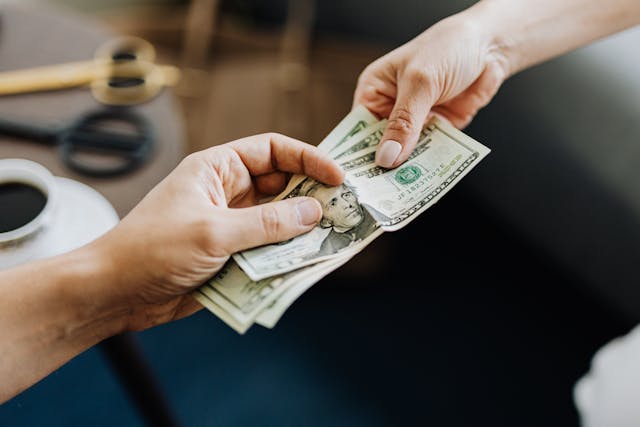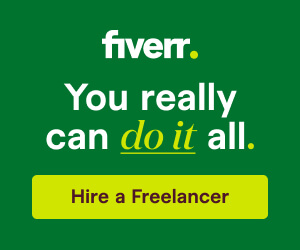My journey into digital income began with frustration – watching my paycheck disappear into bills each month while my creative skills gathered dust. The turning point came when I realized my hobby of photography could become more than just expensive equipment collecting dust between weekend shoots. What started as desperate experimentation became a reliable income stream that now deposits money into my PayPal account weekly.
The first hurdle was overcoming the myth that making money online required special technical skills. I discovered countless others were monetizing ordinary abilities through platforms I’d never considered. My initial research revealed three viable options for my photography: stock photo sites, print-on-demand services, and selling presets. Each path promised income potential but demanded different investments of time and effort.
Stock photography seemed the obvious starting point. I uploaded twenty of my best nature shots to multiple platforms, expecting quick sales. Reality proved harsh – my images disappeared in vast libraries without a single download for weeks. The breakthrough came when I analyzed top-selling photos and noticed a pattern: simple, clean images with clear commercial uses outperformed artistic shots. I began shooting specifically for businesses needing website visuals, focusing on workspace setups and technology themes that agencies constantly need.
Print-on-demand services offered a different kind of opportunity. I created designs incorporating my photographs and uploaded them to products ranging from mugs to shower curtains. The learning curve here involved understanding what makes designs sell – emotional resonance beats technical perfection. A simple photo of a misty forest with “Breathe” text outsold my most technically accomplished wildlife images. Platform choice mattered too – Redbubble’s audience preferred different aesthetics than Society6’s buyers.
Creating Lightroom presets became my most profitable venture surprisingly fast. After friends kept asking how I edited my travel photos, I packaged my adjustments into preset files. Selling these through my own website and Etsy required learning basic digital delivery systems. Gumroad became my solution for automated delivery after purchase – their free plan handled everything from payment processing to file distribution.
Building an audience proved essential for consistent sales. Instagram became my primary showcase, but I approached it differently this time. Instead of chasing likes with random photos, I focused on educating aspiring photographers about techniques while subtly showcasing my presets. Tutorial posts demonstrating before-and-after edits using my presets drove the most conversions. The key was providing genuine value first – sales followed naturally from established trust.
Pricing strategy required multiple iterations. Initially setting prices too low out of insecurity, I undervalued my work and attracted problematic customers. Gradually increasing prices while improving product quality filtered for better clients willing to pay for premium offerings. Bundling presets into collections at a slight discount increased average order value significantly.
Automating delivery transformed my side hustle into passive income. After setting up Gumroad’s automated systems, customers received their digital products instantly upon payment. PayPal’s integration meant funds deposited directly to my account without manual intervention. This allowed the business to run while I focused on creating new products rather than fulfilling orders.
Scaling up involved strategic reinvestment. Early earnings went toward better keyword research tools and targeted Facebook ads. I learned to identify my highest-converting products and double down on promoting those while retiring underperformers. Outsourcing thumbnail design for my preset packs freed up time for content creation.
Diversification came naturally as I recognized adjacent opportunities. Photography led to videography, then to selling LUTs for video color grading. Each new product line required research but built upon existing skills and audience trust. The common thread remained solving specific problems for creative enthusiasts rather than pushing generic products.
Customer service became an unexpected differentiator. Quick, personalized responses to presets not working with certain camera models built loyalty and positive reviews. I created detailed troubleshooting guides that reduced support requests while demonstrating expertise. Happy customers became repeat buyers and organic promoters of my products.
Analytics revealed surprising patterns in purchasing behavior. Most sales occurred on weekends when hobbyists had time to work on their photography. International buyers favored preset packs over single presets despite price differences. These insights shaped my marketing calendar and product development priorities.
Seasonal trends emerged that informed content planning. Landscape presets sold best in spring and fall when people traveled most. Indoor photography products moved consistently year-round. Recognizing these patterns allowed me to schedule promotions when demand naturally peaked.
The psychological shift from hobbyist to entrepreneur proved most challenging. Pricing my creative work felt uncomfortable initially, as if I was charging friends for advice. Overcoming this mindset required recognizing that fair exchange benefits both parties – my customers gained skills and tools while I earned resources to create more value.
Technical hurdles appeared regularly but became easier to solve. Learning basic website customization, email automation, and sales funnel principles happened through necessity. Each solved problem added another self-sustaining element to the business. What began as frightening technical challenges became routine maintenance tasks.
Tax obligations forced me to treat the venture as a real business from the start. Setting aside a percentage of each sale prevented year-end surprises. Simple accounting software tracked expenses like camera upgrades and software subscriptions that qualified as business deductions.
The most valuable lesson emerged through failure. Early attempts to mimic popular preset sellers produced mediocre results. Authenticity won out – when I started creating presets that reflected my unique editing style, they attracted the right customers. My audience could spot genuine passion versus manufactured trends.
Today, the income fluctuates but shows steady growth month-over-month. The PayPal deposits represent more than money – they validate that creative skills have tangible value in the digital marketplace. What began as a desperate search for extra income became a fulfilling creative business that funds better equipment and more ambitious projects.
The journey from zero to consistent digital income required persistence through the inevitable slow periods. Early months showed minimal returns despite significant effort. The turning point came when multiple systems – products, marketing, automation – began working together to create momentum. Now the business sustains itself with regular maintenance rather than constant hustle.
Future expansion plans include online workshops and premium tutorials. The foundation of products and audience allows for natural growth into related services. The initial goal of supplemental income has transformed into visions of full-time creative entrepreneurship. What started as a PayPal experiment became a career path I never anticipated but now can’t imagine abandoning.








